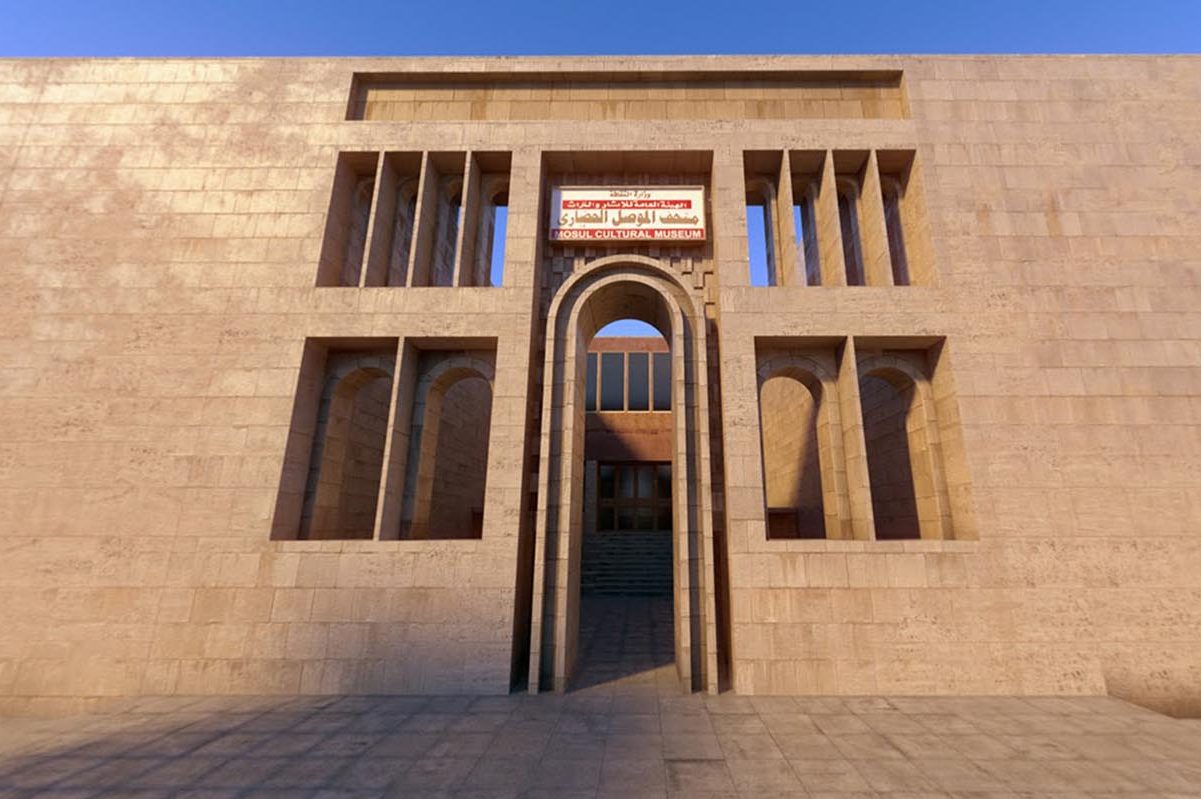
ISIS’s extremist forces waged for total dominance of the city for three years. Most of the ancient artifacts in the Mosul Cultural Museum had been demolished or stolen by the time Iraqi government forces liberated Mosul in July 2017.
An international alliance was rapidly formed to save what was left, with experts from the many institutions coordinating the effort. The project has now moved on to the second phase, which involves attempting to restore the 1970s-era structure.
The majority of the broken antiquities are still in inventory, pending restoration. Even though this may seem to be a minor victory in the Mosul war’s aftermath, it is still considered vital.
ISIS’s theological zeal and mercenary desire plotted to destroy the museum. A library containing 25,000 publications and documents was burnt to the ground. With jackhammers, exquisite Assyrian winged sculptures dated around 2500BC were turned to rubble.
The majority of this conservation work will be done in Nineveh, in a structure constructed across the river that is less susceptible to attack. Besides, the facility will be used to prepare Iraqi museum specialists.


